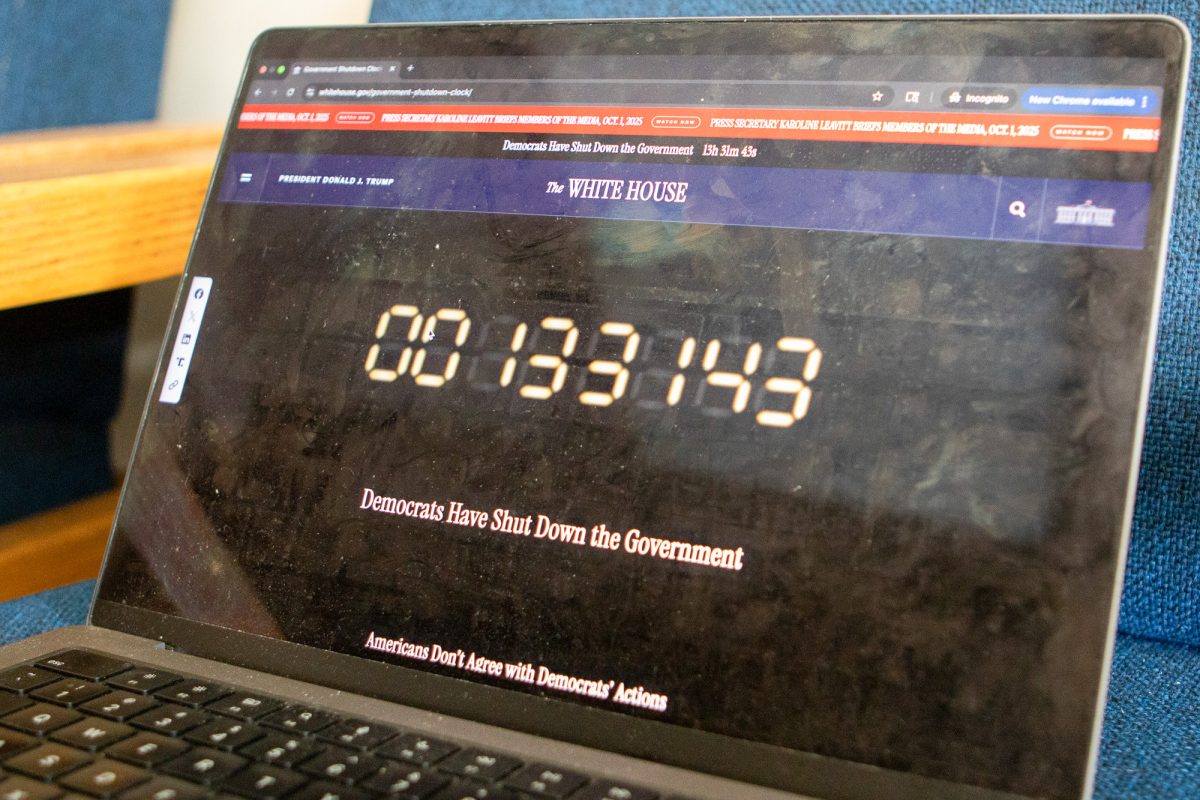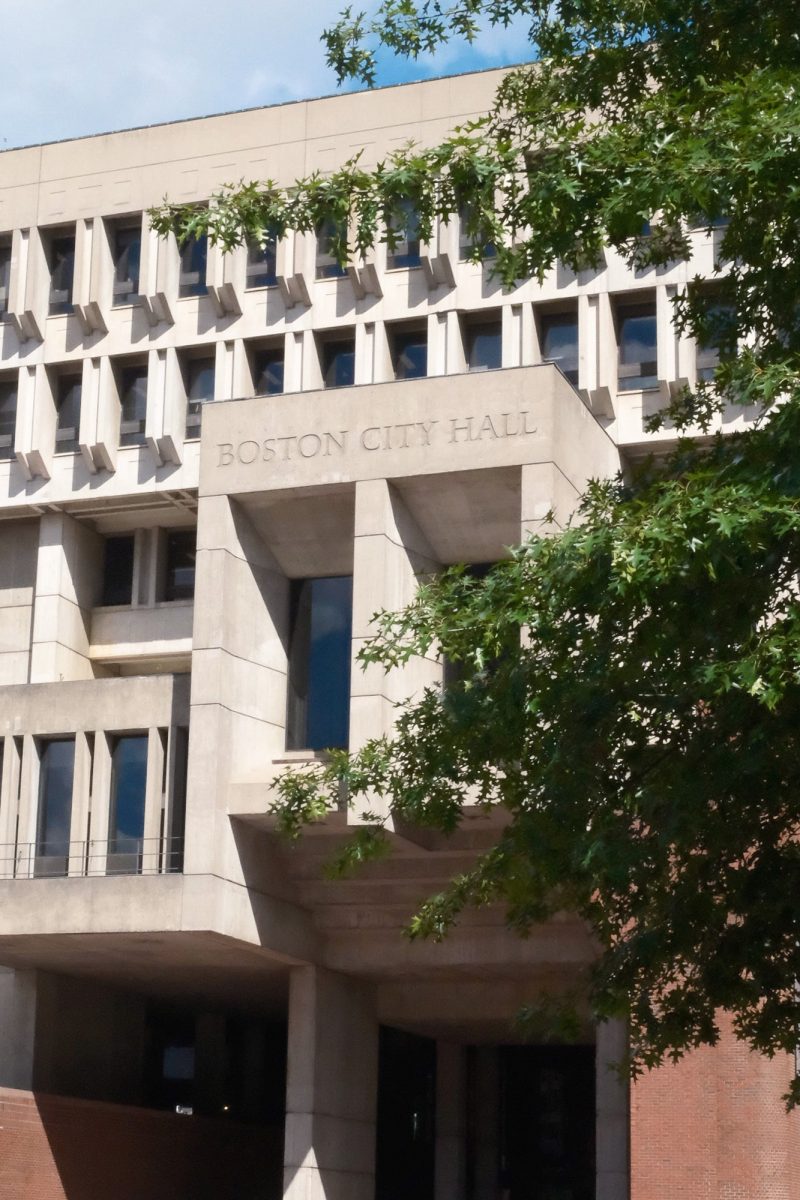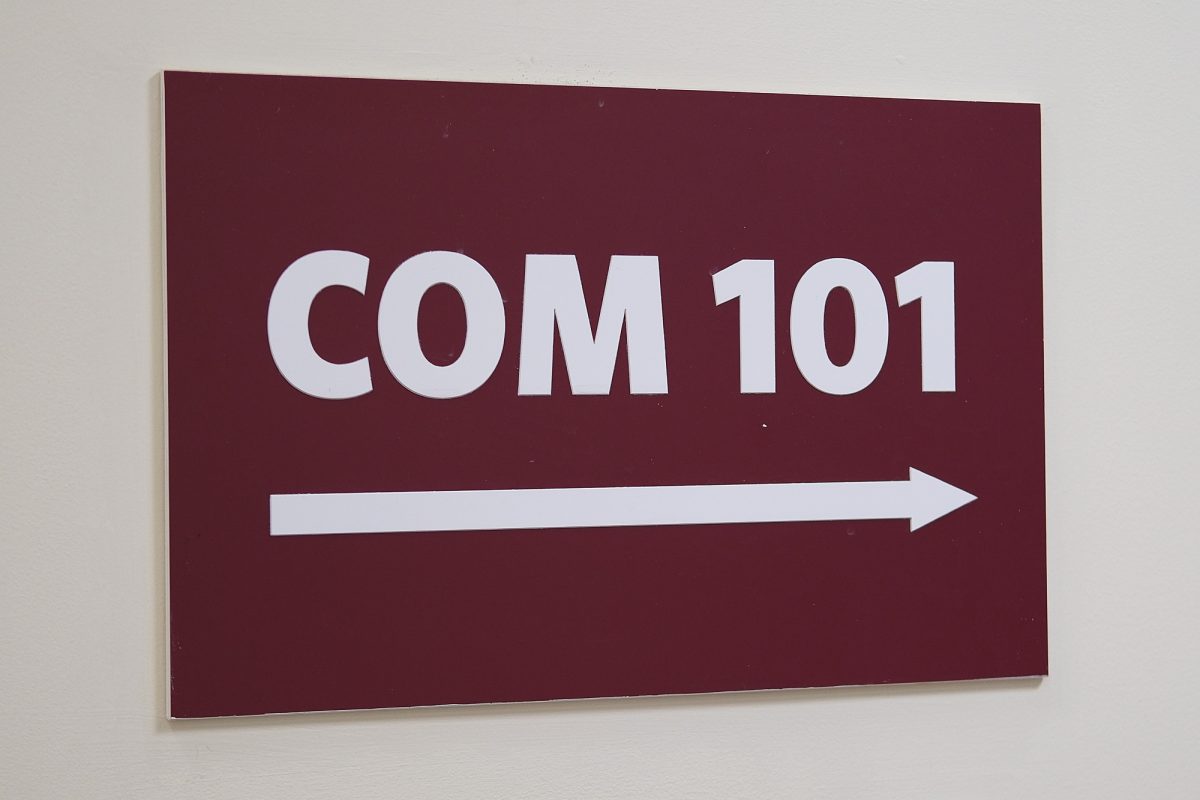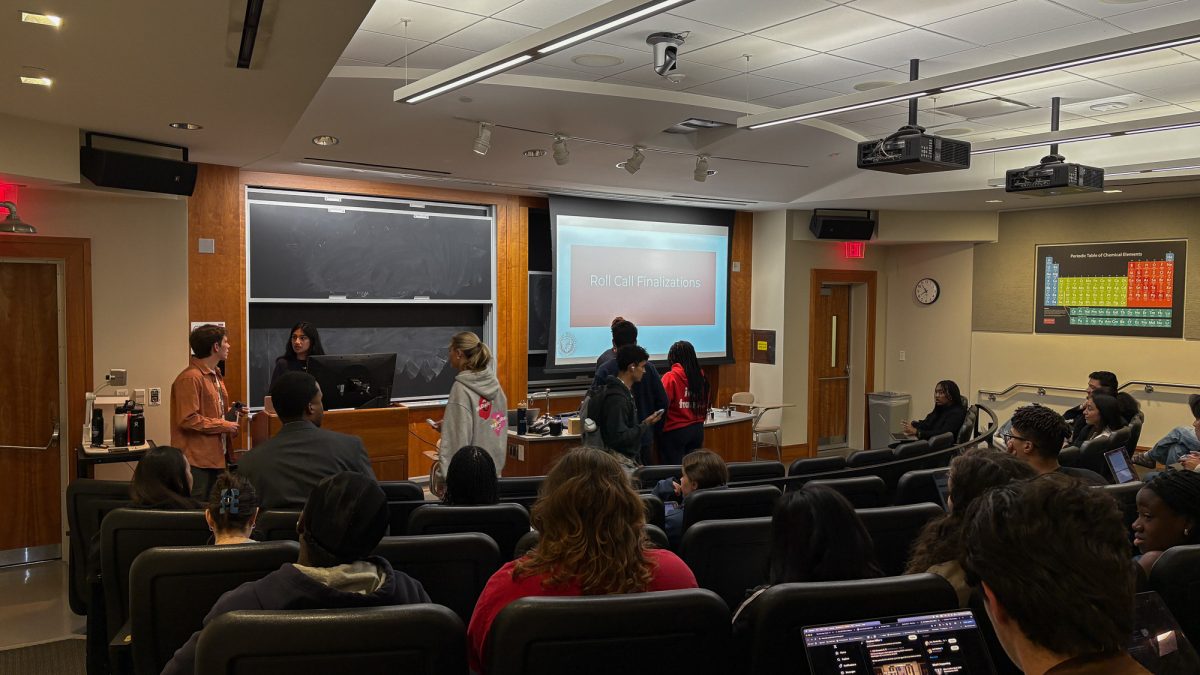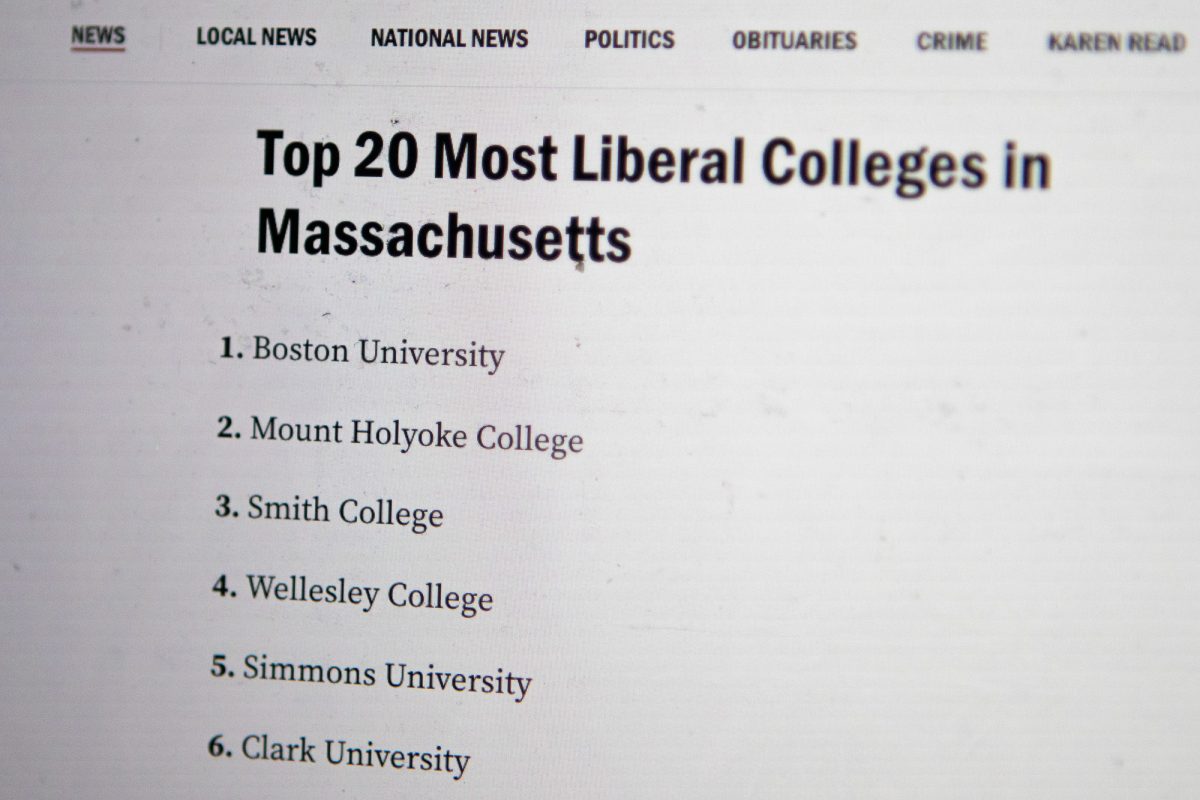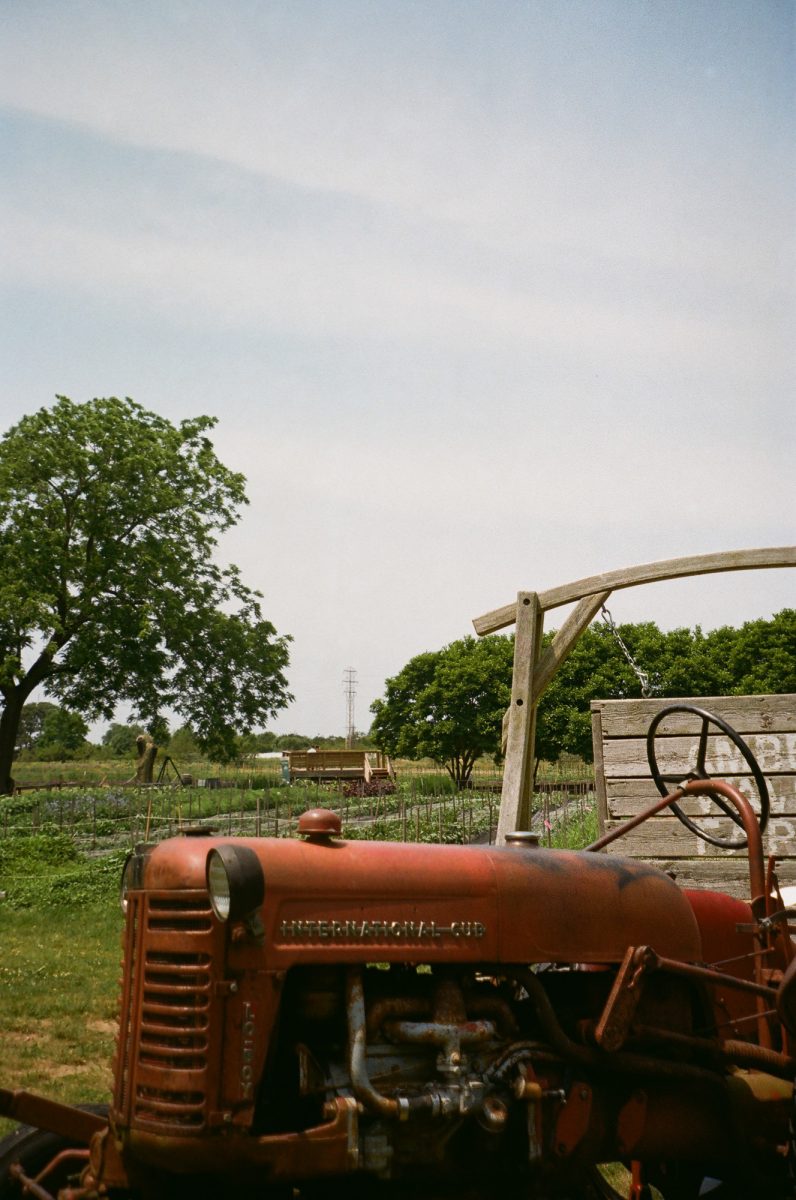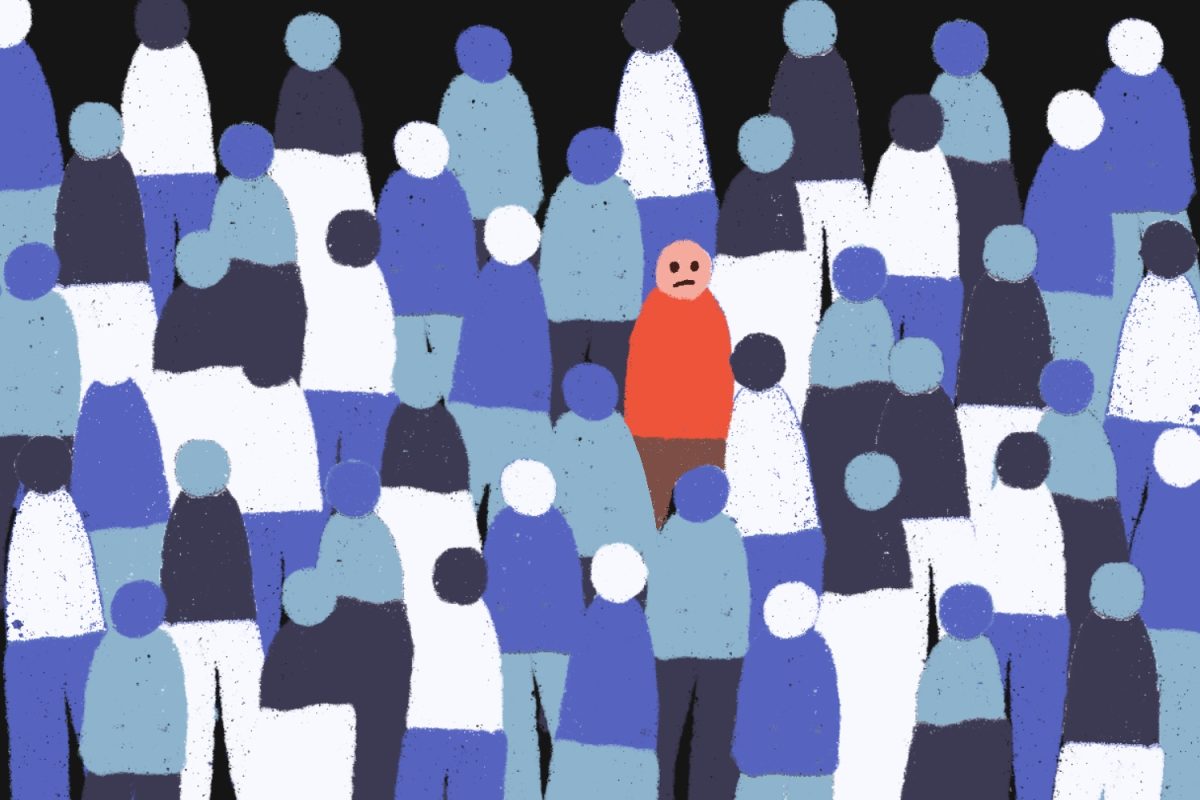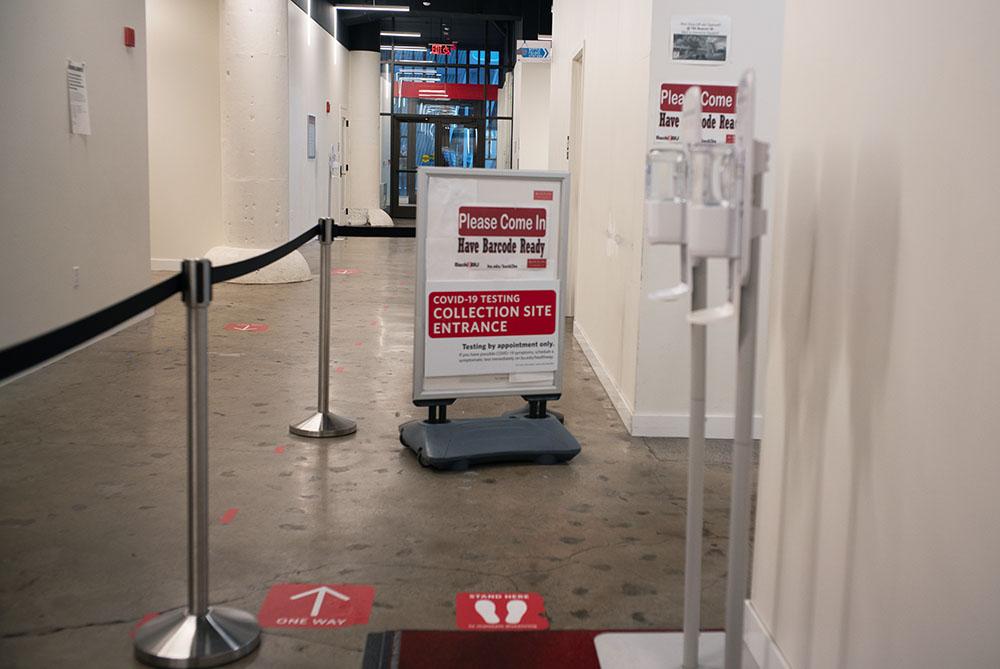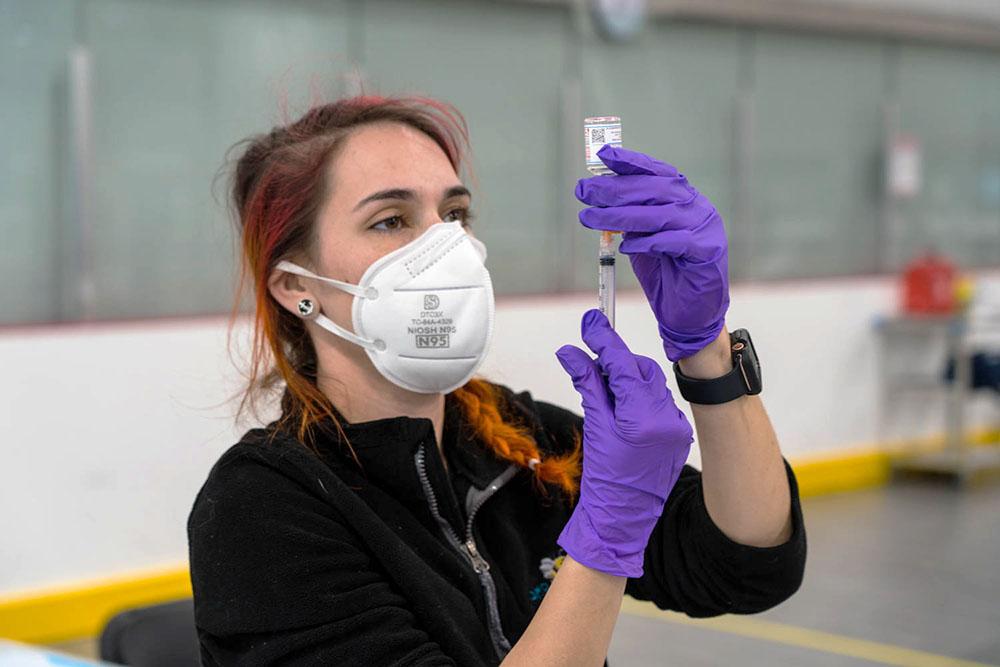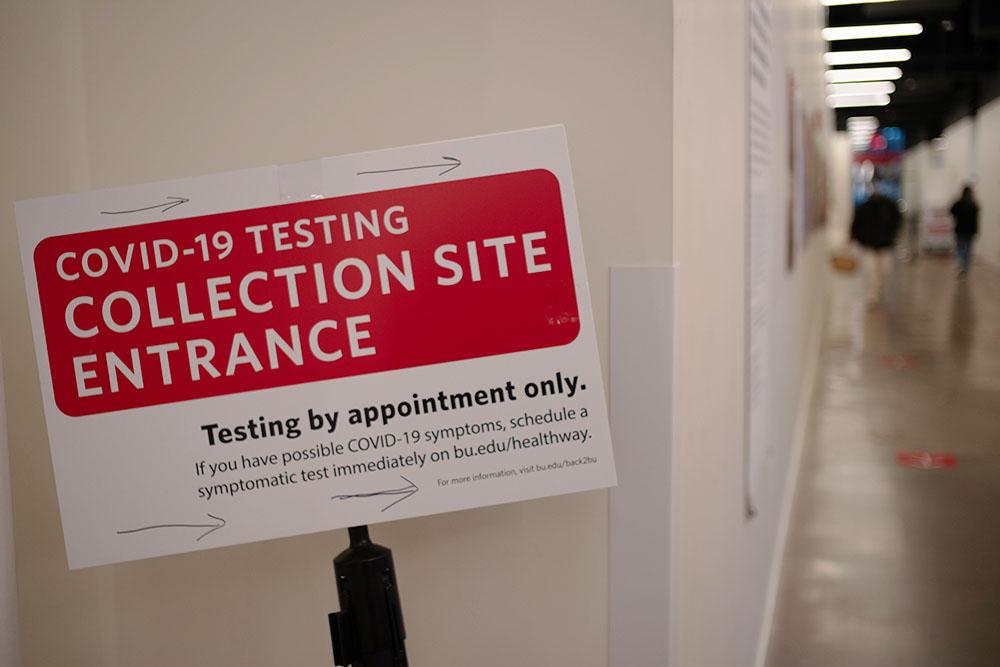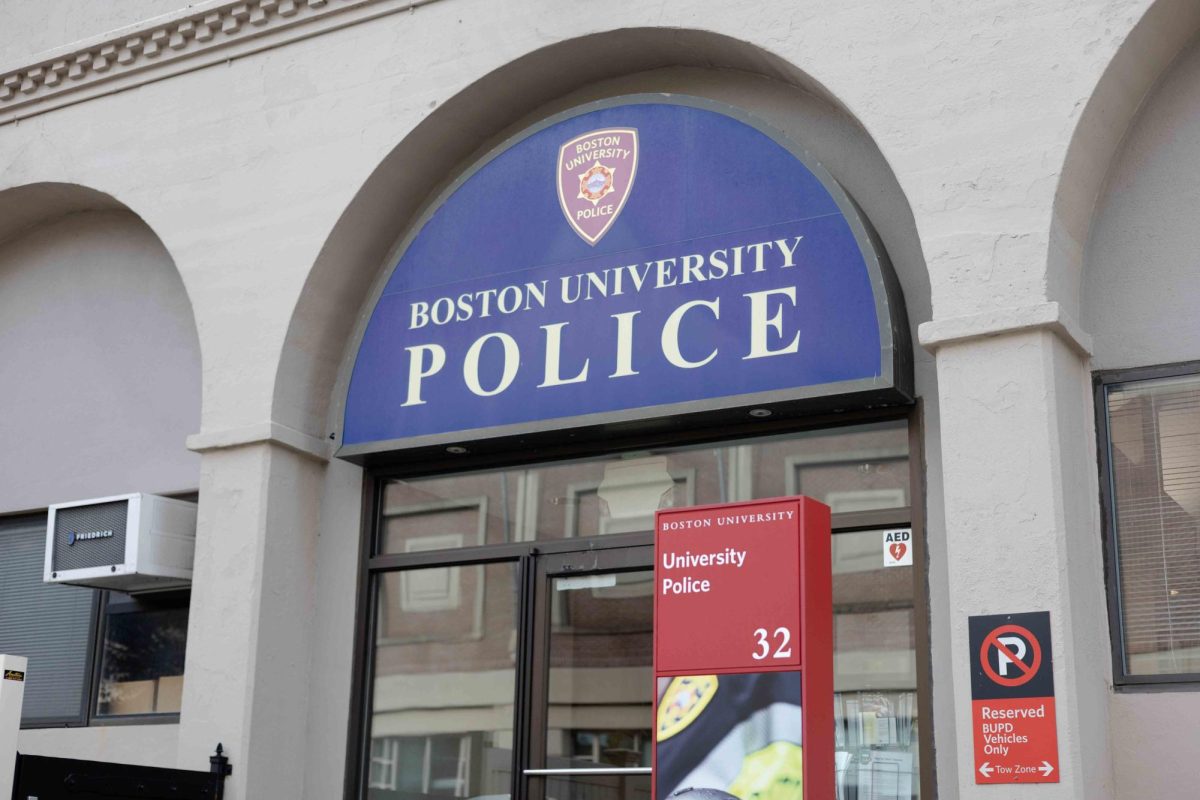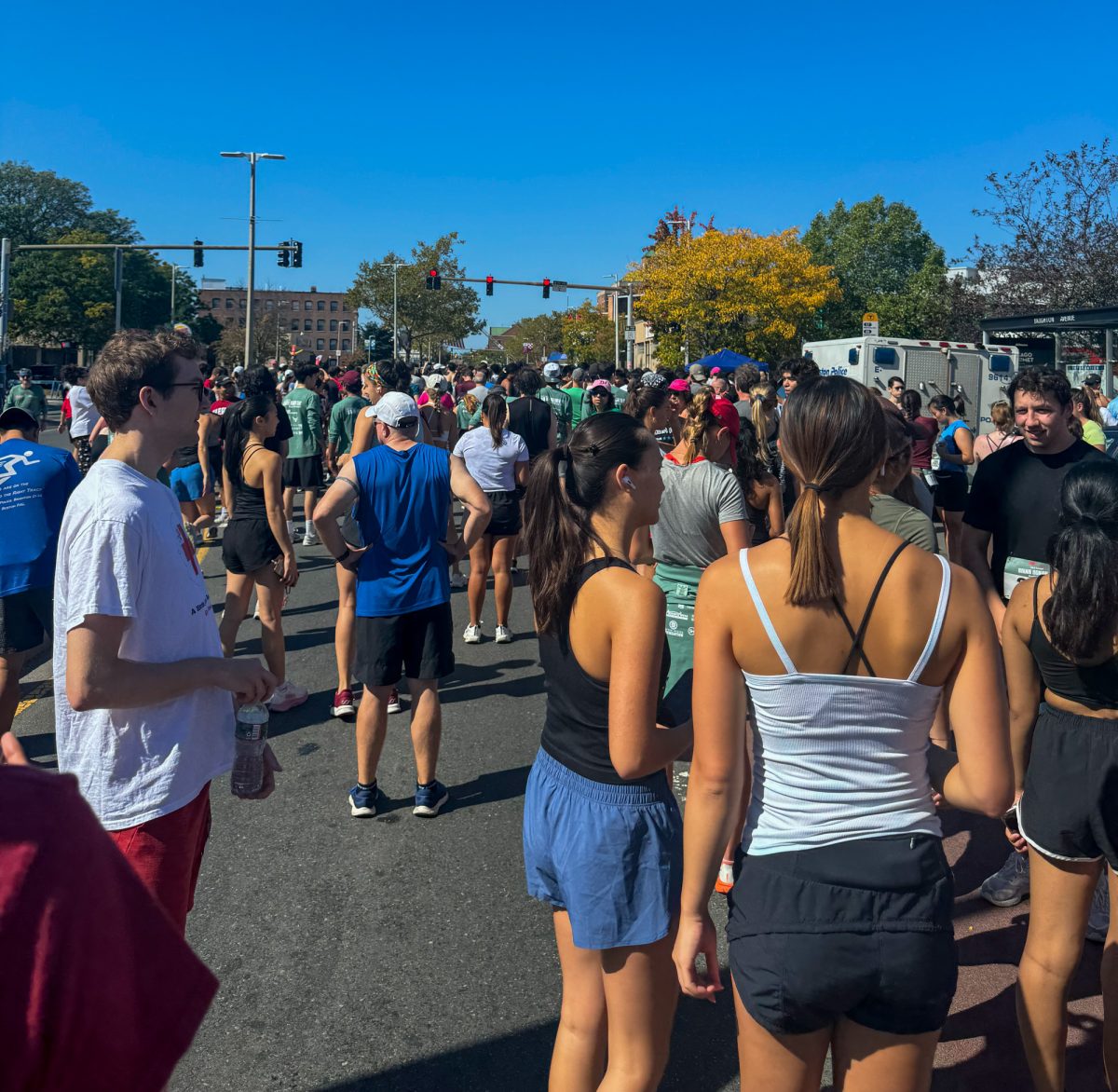State leadership and experts say Massachusetts can avoid another statewide lockdown if the Commonwealth acts on what it now knows about the virus as COVID-19 rates rise to spring levels.

As of Wednesday, the Massachusetts Department of Public Health has reported five consecutive days of more than 1,000 confirmed coronavirus cases, bringing the statewide total to 150,498 confirmed cases since the pandemic began.
The number of new cases has reached levels not seen since mid-May. At the time, cases had been trending downward months after Gov. Charlie Baker issued a statewide stay-at-home advisory and weeks after he issued an order requiring masks and social distancing in public spaces.
However, confirmed cases are increasing across the country. Baker said at a press conference Tuesday that steps such as the spring advisory may not be needed again because the state and its residents are more informed about transmission now than during the initial outbreak.
“We and [nursing homes] are now far better equipped to keep the virus from spreading in these settings,” Baker said, “with adequate [personal protective equipment], doing much more regular testing, infection control policies, regular audits and managing visitation from the outside.”
Baker also said the surge was expected.
Stephen Kissler, a postdoctoral research fellow at the Harvard T.H. Chan School of Public Health, said he sees what could be the beginning of a second wave, based on the level of transmissions over the last few weeks. Kissler said if another lockdown is needed, it would look “very different” than that of the spring.
“The key difference is that we’re doing a lot more testing, especially here in Massachusetts, and so we have a much better sense of where the virus is, and we have a much better sense of when cases are rising,” Kissler said. “Earlier in the spring, there were these long delays. We didn’t really know where it was, and so that really necessitated these widespread statewide and even nationwide lockdowns.”
Kissler said any potential fall lockdown would likely be shorter and more localized than the statewide stay-at-home advisory this March.
“We’re in a very different scenario now,” Kissler said. “We know a lot more about how the virus spreads. We know a lot more about the role of indoor versus outdoor transmission. We know a lot more about the types of spaces where it spreads.”
The shift to indoor activities as the weather gets colder may play a role in the uptick in cases, according to Gabriela Andujar Vazquez, an infectious disease physician at Tufts Medical Center. Andujar Vazquez said she is seeing a change in the types of patients who come in, with younger, healthier patients now showing an increase in infection rates.
“It seems that’s what we’re going to be dealing with in the next couple of months in winter,” Andujar Vazquez said. “We may be able to maintain a level of opening of the community without overwhelming the health care system.”
Baker said during Tuesday’s press conference 37 percent of new cases in Massachusetts involved patients under 30 years old, compared to 15 percent in April. Andujar Vazquez said she has witnessed this trend in the field.
Still, Andujar Vazquez said another lockdown should be considered, especially seeing as countries such as Australia returned to lockdowns during their winter months.
Andujar Vazquez said many of her COVID-19 patients have gathered for indoor activities, likely without masks. The rise in COVID-19 cases, Baker said, was partially caused by indoor activities such as social gatherings.
More than 30 clusters and 110 positive cases have also been attributed to youth hockey, spread out across 20 rinks throughout the state and affecting at least 66 cities and towns, Baker said.
He said this discovery, combined with most teams’ subsequent refusal to offer roster information to health officials, prompted the state’s two-week shutdown on all hockey rinks, effective last week.


